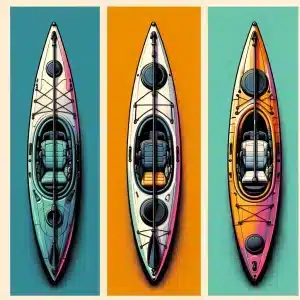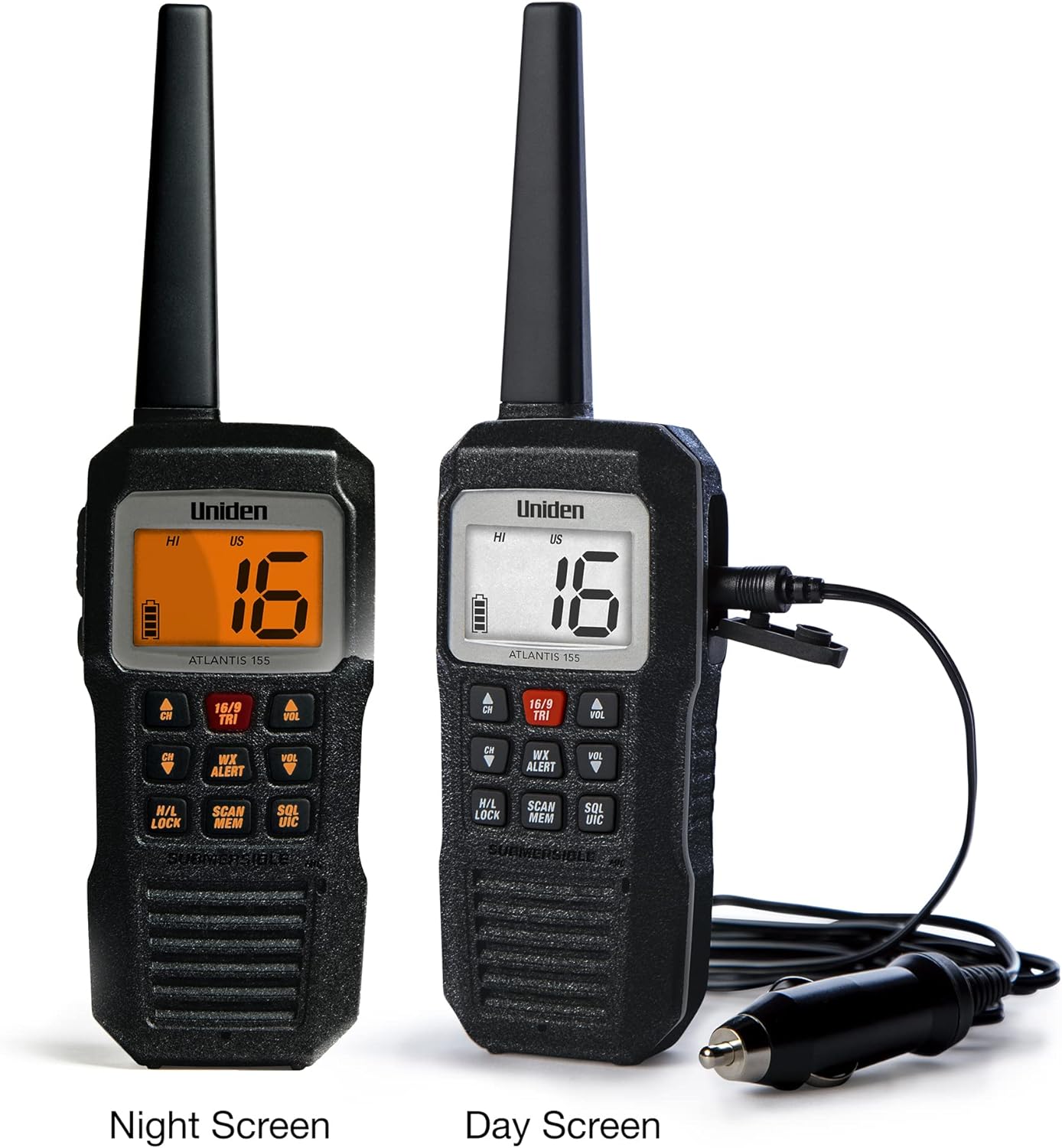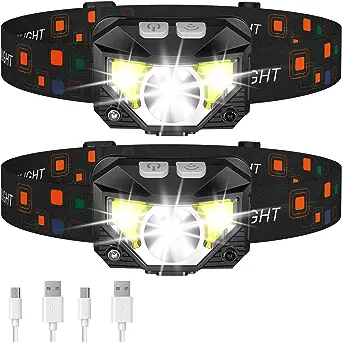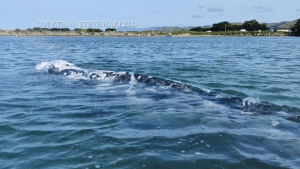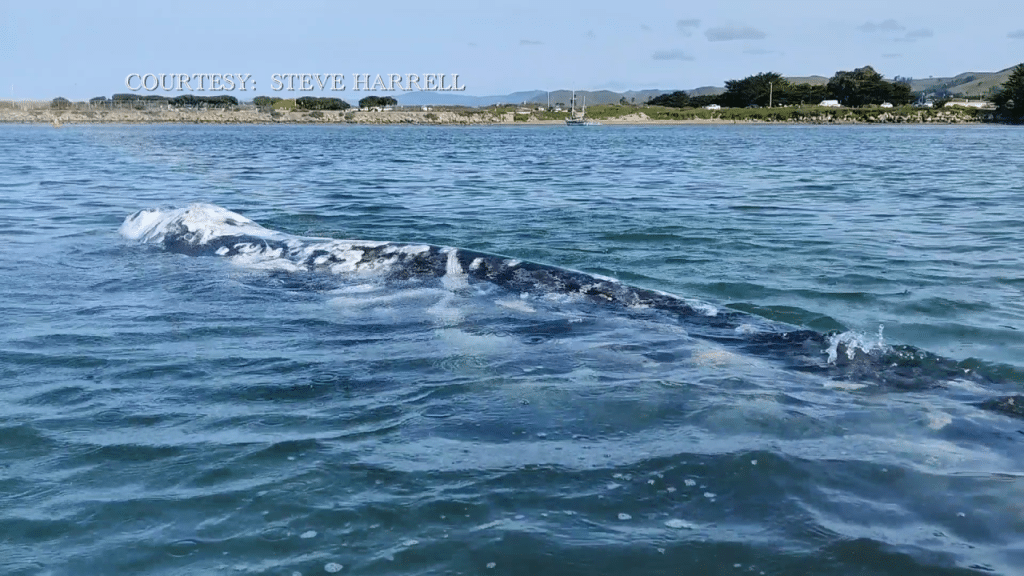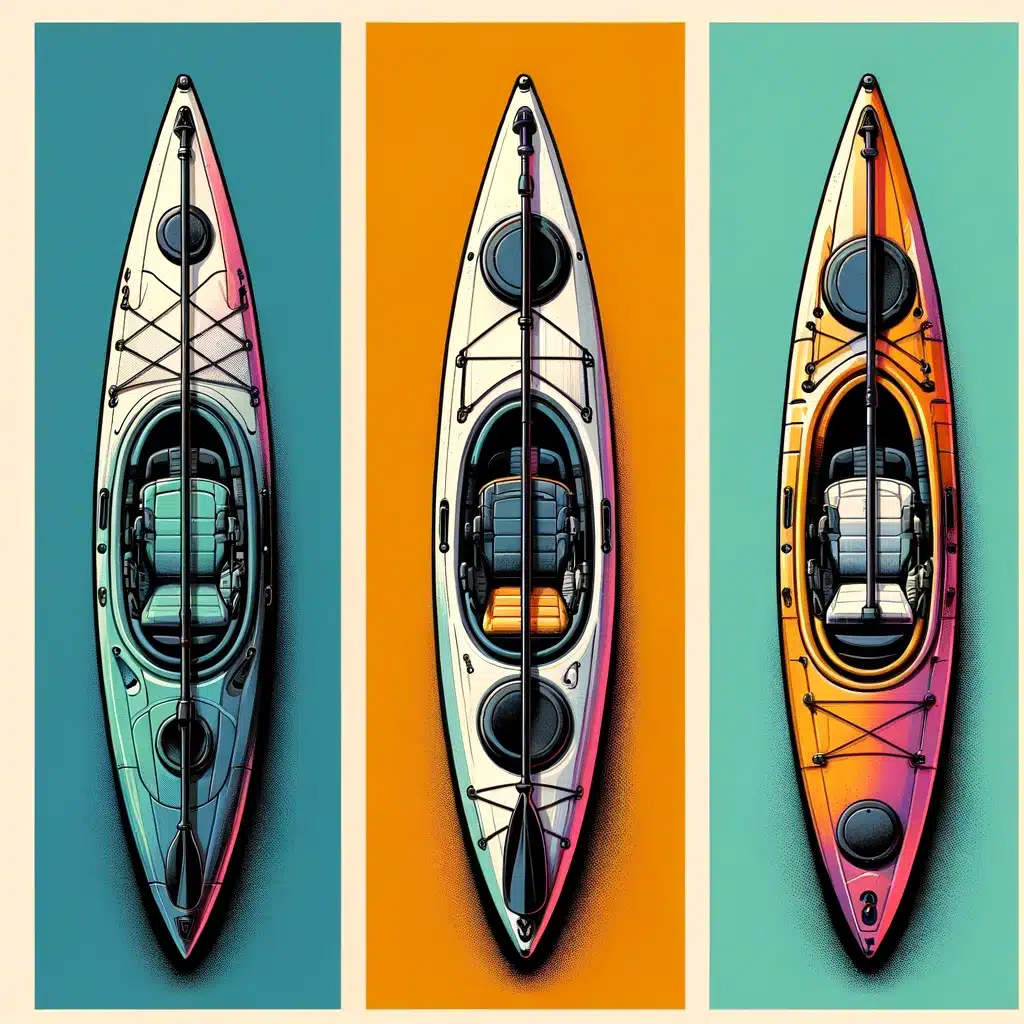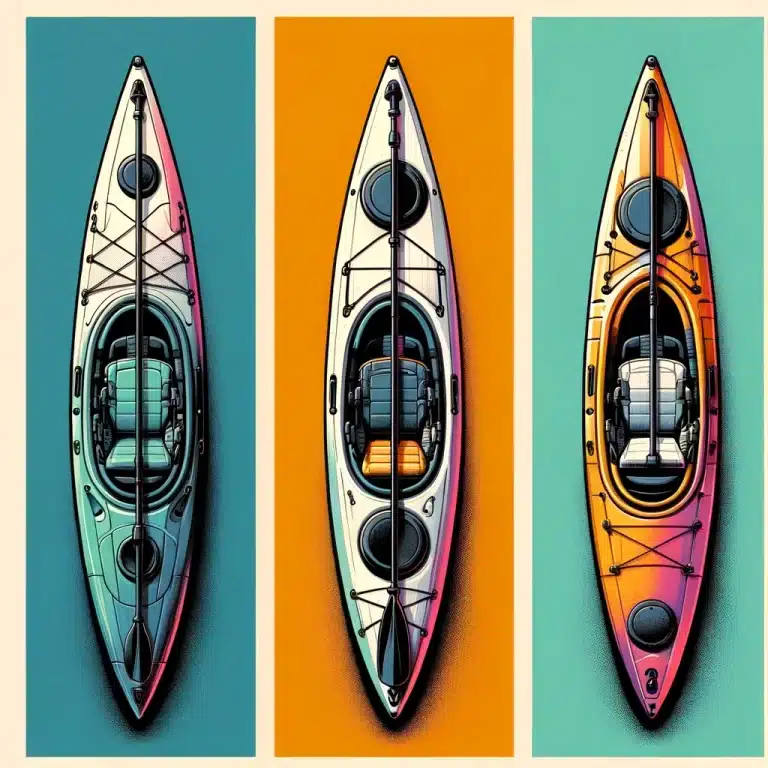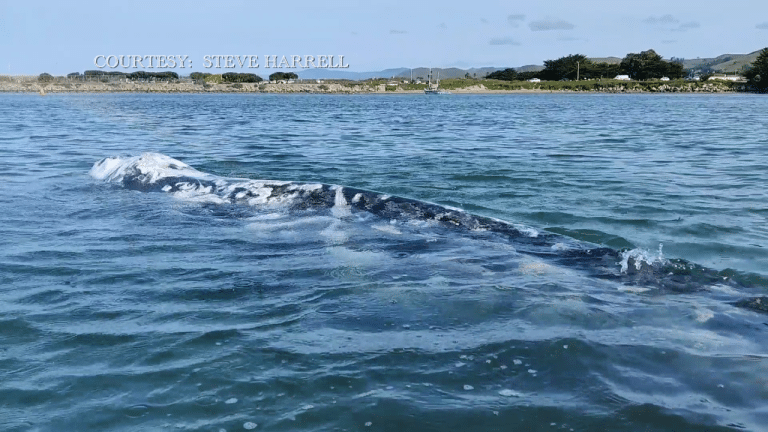Introduction to Nocturnal Pursuits
The concept of kayak fishing at night initially struck me with a blend of awe and skepticism, reminiscent of watching ski jumpers glide through the air. It’s an undeniably cool yet daunting endeavor. My traditional approach to fishing for big stripers had always revolved around the early hours of dawn, a time when the world seemed to hold its breath in anticipation. Why shift from a tried-and-tested method? This question lingered in my mind even after relocating to New England in 2020. For a year, I adhered to my routine: launching my kayak in the early morning, chasing stripers until the sun climbed higher, and then switching gears to target bottom fish. It was a comfortable, predictable pattern.
However, the allure of the unknown began to chip away at my reservations. Images and stories of anglers like Eric Harrison, Tyler Richman, and Danny Savage, emerging from the dark with trophy-sized stripers, sparked a curiosity I couldn’t ignore. Their success wasn’t a matter of mere convenience or novelty; it was a testament to the effectiveness of embracing the night. The turning point came as I delved into Janet Messineo’s “Casting Into the Light,” a narrative that drew me into a world of shadowy waters, elusive eels, and the thrill of the chase in the darkness.
Safety First: Navigating the Night
The leap into nighttime kayak fishing brought an immediate realization: safety isn’t just a precaution; it’s the cornerstone of success. The vast, dark ocean, stretching infinitely beyond the confines of my plastic vessel, presented a formidable challenge. But with the right safety gear, the ominous waters transformed into a realm of potential.
Proper preparation began with understanding and respecting the environment. Contrary to the instinct to light up the darkness, experienced night anglers taught me the value of minimalism. The human eye, given time, adapts to low-light conditions, turning the natural glow of the moon and stars into sufficient guides. This revelation was counterintuitive but empowering. Adhering to Coast Guard regulations while minimizing artificial light allowed me to become part of the nocturnal seascape, moving stealthily and attentively through the water.
A headlamp became my companion, not my guide. Used sparingly, it served its purpose without betraying my presence to the underwater world. This balance between visibility and invisibility was crucial, especially when managing equipment or signaling nearby vessels. The incorporation of a marine VHF radio into my personal flotation device (PFD) added a layer of security, ensuring a lifeline to the outside world, should the need arise.
Learning in Daylight: The Blueprint for Night
Daytime reconnaissance missions became invaluable. Striped bass, elusive and cunning, follow patterns dictated by tides and terrain—patterns obscured by the blanket of night. Familiarizing myself with these patterns under the sun’s revealing rays provided a strategic advantage when darkness fell.
Understanding the lay of the land (or, more accurately, the sea) was about more than just navigation; it was about unlocking the secrets of the striper’s nocturnal habits. These expeditions were lessons in the subtle art of anticipation and adaptation, teaching me to read the silent language of currents and contours.
The Dance of the Predator: Striper Movement by Night
Nighttime transformed the coastal waters into a stage for the ancient dance between predator and prey. Striped bass, with their sleek forms and powerful tails, became shadows flitting between reality and imagination. Their movements were dictated by a simple, relentless calculus: the conservation of energy and the maximization of opportunity.
This “air conditioner theory” of bass behavior illuminated their nocturnal patterns. Just as humans seek respite from the summer heat, so too do these mighty fish retreat to the cooler, deeper waters during the day, emerging at night to feed in the shallows. Here, in the cover of darkness, they were kings of their domain, masters of the hunt.
Silent Assassins: Baits and Techniques
Embracing the role of a silent assassin, I learned the subtleties of night fishing—where stealth was as crucial as any bait or technique. The tools of the trade were simple yet specific: live eels, resembling serpentine shadows under the moonlight, or soft plastics, mirroring the silent dance of night’s natural inhabitants.
Casting into the darkness, where the water’s edge blurred with the horizon, became a meditation. Each movement was deliberate, each decision a blend of instinct and experience. The world reduced to the whisper of the tide, the gentle sway of the kayak, and the electric anticipation of a strike.


